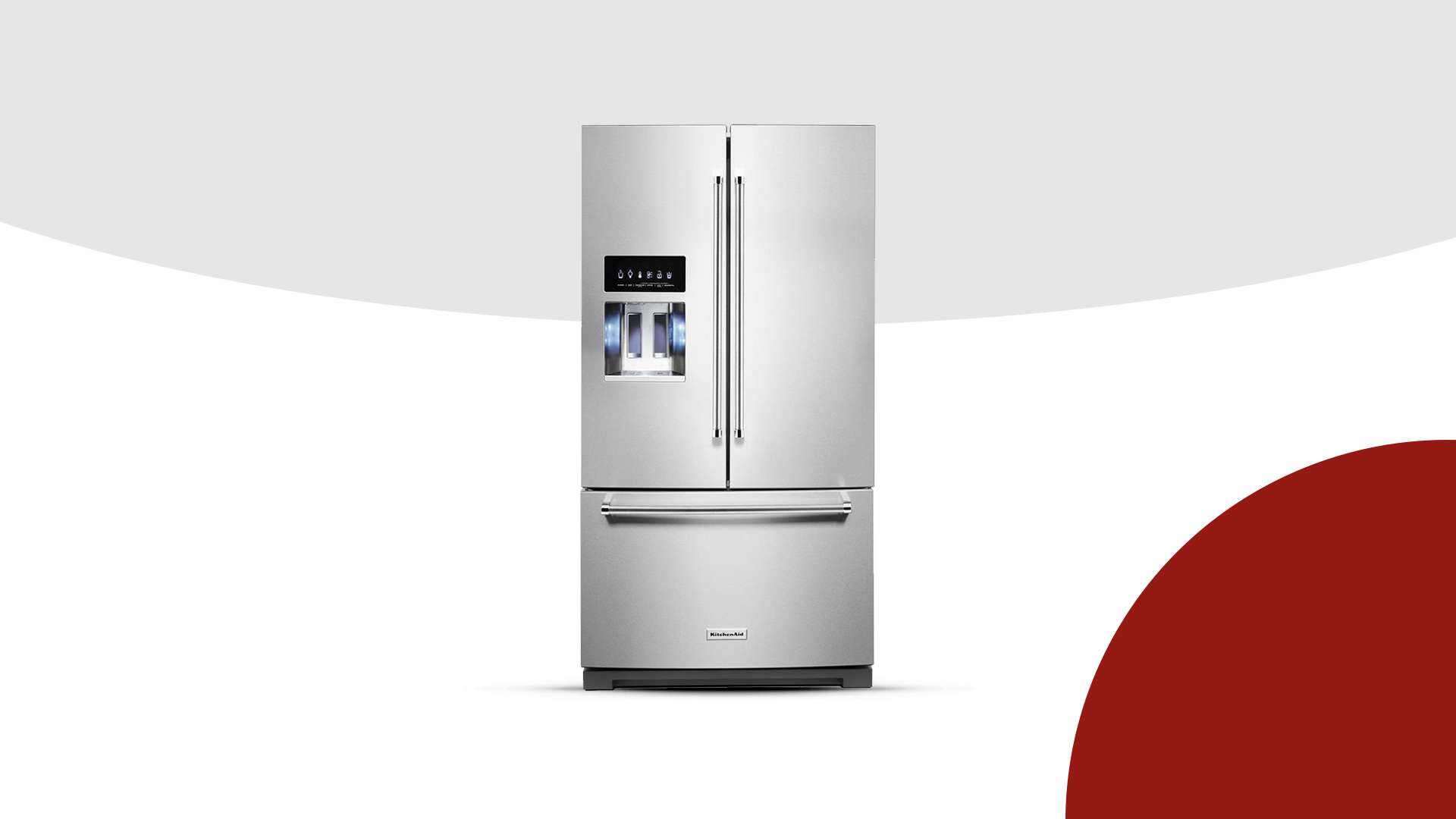A microwave oven is an electric oven that warms and cooks food by exposing it to microwave-frequency electromagnetic radiation. Microwave ovens are typical kitchen equipment used for reheating and cooking a wide range of dishes. They quickly heat hot butter, fats, chocolate, and oatmeal, which may easily burn or become lumpy if cooked in traditional pans.
Microwaves from KitchenAid® are boldly designed to bring professional-inspired aesthetics and technology into your home. Whether you go with a Kitchenaid Microwave hood combination, a built-in microwave that fits over your wall oven, or a countertop microwave for flexibility, you’ll be getting a piece of high-end equipment that can keep up with your modern cooking techniques. Microwaves are unquestionably beneficial, from college students who live on microwave-everything to chefs who occasionally want a fast bite. The dish below has a revolving turntable in the center as part of the practical design. Its purpose is to uniformly disperse the microwave’s heat across the dish. Depending on what your microwave has been through, the plates might stop spinning for one of 3 causes.
Broken Turntable Motor
A microwave motor replacement is a very typical repair. However, if something burns out your microwave motor, it will stop working immediately. If your microwave is clean and the guide is in good working order, and the coupler is securely installed, the turntable motor is your only remaining choice. Your turntable motor will need to be replaced. If you don’t have a multimeter and the previous three choices didn’t solve the problem, your turntable motor is most likely to blame. The turntable motor is located beneath the coupler in the microwave’s floor’s center.
Dirty or Damaged Roller Guide
A track obstacle is the easiest problem to solve. Below your microwave plate, the roller guide and coupler revolve in a track. Check to see how they spin on their own and whether there are any obvious food residues in the path. Because there are electrical components beneath the coupler, do not saturate it.
Obstructions in the Track
A track obstacle is the easiest problem to solve. Below your microwave plate, the roller guide and coupler revolve in a track. Check to see how they spin on their own and whether there are any obvious food residues in the path.
Here are 7 Common refrigerator repair problems.
A contemporary kitchen isn’t complete without a fully functional refrigerator, yet this device must operate consistently at all times. You can ensure it does by getting it serviced by a factory-trained specialist who can handle practically any common fridge problem. Your refrigerator should always run at maximum efficiency, and for the greatest results, you might want to hire an experienced home appliance repair service.
Refrigerator Is Always Running
- A buildup of dust or other kitchen detritus around a refrigerator’s condenser coils is typical because it operates too much. To check this, turn off the electricity to your refrigerator and look at the coils usually located at the bottom.
Refrigerator Use Increases Energy Bill
- There might be an issue with your fridge if you see a sudden spike in your home’s energy cost. This is normal with older units that work extra hard to keep the cold.
Refrigerator Is Not Cold
- Refrigerators are meant to keep food cool, so excessive heat from yours is especially concerning. If you discover that your refrigerator is getting warm, you’ll need to get repairs done right away.
Refrigerator Is Leaking Water
- Refrigerator water leaking is a frequent yet dangerous problem. A clogged or frozen water supply line and a blocked defrost drain are common causes of this problem. If you believe the water supply in your refrigerator is clogged or frozen, disconnect it and make sure the shut-off valve is closed.
Ice Buildup In Your Freezer
- The freezer section of your fridge is ideal for storing ice, but it shouldn’t have a lot of it. You may change the seal on your freezer to ensure that it maintains the correct temperature and humidity levels.
Refrigerator Produces Weird Noisy
- The water inlet valve opens to provide water to the dispenser; however, it might be faulty. You may potentially have low water pressure, which means water isn’t being pushed through the dispenser’s input valve. Consider contacting a professional refrigerator repair specialist if you’re having trouble fixing this problem.
Refrigerator Water Dispenser Doesn’t Work.
- The refrigerator should run quietly to not disrupt your routine. If one of your refrigerator’s fans is making a lot of noise, it’s most likely a fan problem. To determine whether their motors are faulty, you may check these fans, but make sure your refrigerator is unplugged first.


